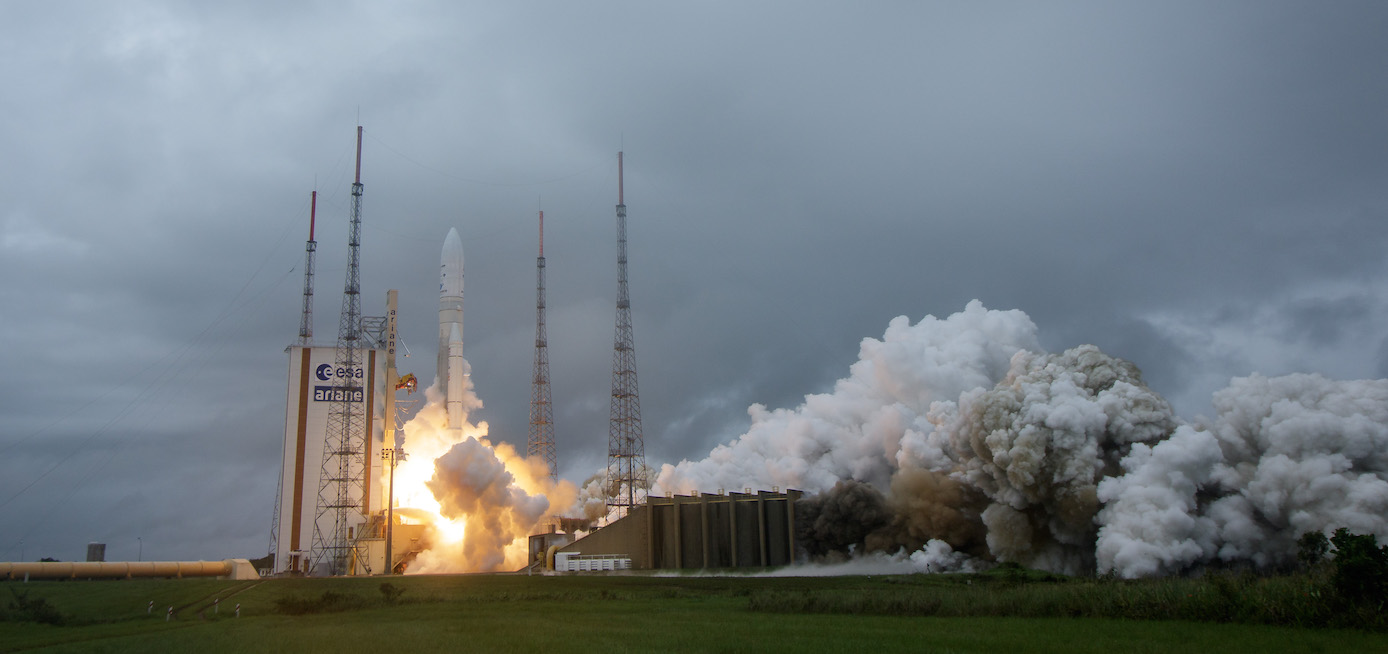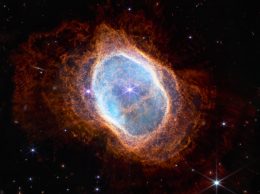Webb Telescope counts on Teledyne for infrared vision

More than a dozen infrared sensors manufactured by Thousand Oaks-based Teledyne Technologies were aboard the James Webb Space Telescope, which successfully launched into space Dec. 25.
The James Webb Space Telescope launch was conducted in collaboration with NASA, the European Space Agency and the Canadian Space Agency, cost approximately $10 billion, and is the largest and most powerful telescope ever launched, according to Space.com.
The telescope is designed to study the earliest stars in the universe and other cosmic happenings.
According to Teledyne, the industrial and scientific conglomerate provided 15 sensitive infrared detectors that are used in three of the four science instruments aboard the James Webb Space Telescope: the near-infrared camera, the fine guidance sensor, and the near-infrared spectrograph.
The majority of the detectors, ten of them, will be in the near-infrared camera to study the structure and morphology of the universe; three of them are in the fine guidance sensor to point and stabilize the telescope; and the other two are in the near-infrared spectrograph to reveal information about chemical composition, temperature, and velocity of what the telescope observes.
Teledyne has provided sensors for other NASA flagship astronomy missions, but the infrared technology is key in this mission because they will enable the James Webb Space Telescope to observe the first stars and galaxies, allowing scientists to understand the early evolution of the universe.
In 2027, NASA will launch its next flagship astrophysics mission, the Roman Space Telescope, for which Teledyne recently delivered the infrared detectors, the company said in the news release.
“Teledyne is extremely proud to have provided the detectors that are the ‘eyes’ of groundbreaking astronomy and astrophysics missions,” Robert Mehrabian, President and CEO of Teledyne said in a press release.
“For decades, scientists have used our ground-based and space-based detectors to look outward to our solar system, to the stars and exoplanets of the Milky Way, and to galaxies millions and billions of light years from Earth. More recently, our detectors have been extensively used to look down upon the Earth, monitoring pollution and greenhouse gas emissions, and enabling environmental science and climatology.”
Teledyne shares were up less than 1% Dec. 27 with the price hovering above $460.












